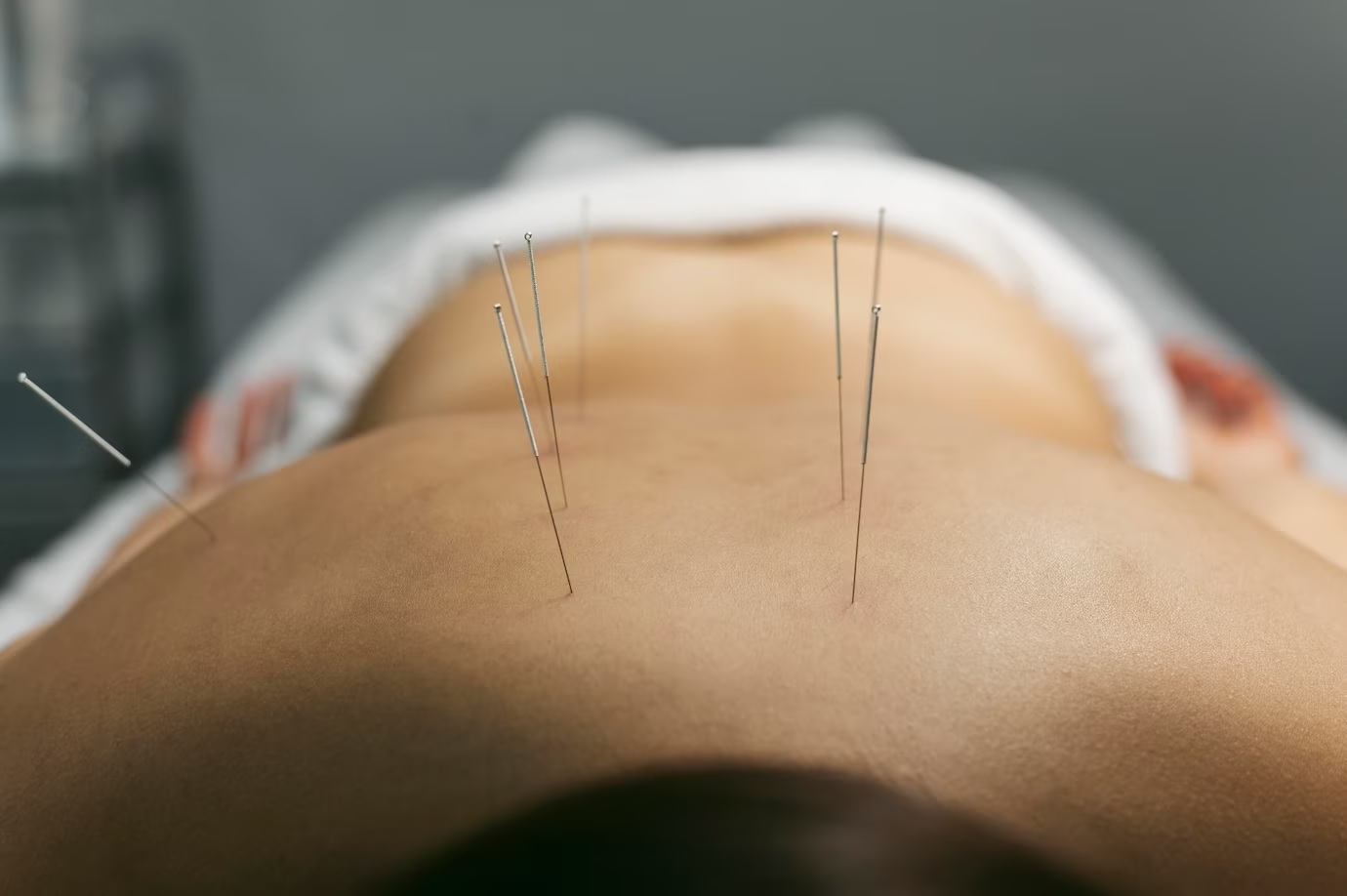Dry needling or biomedical acupuncture is a technique that involves the insertion of needles into trigger points or tight muscles to relieve pain or improve mobility. While it’s becoming more popular in Australia, it’s important to understand that it’s not for everyone. If you’re considering dry needling, there are a few things you should consider before giving it a try.
Understand the Difference to Acupuncture
One of the things you need to understand before trying biomedical acupuncture is the difference between biomedical acupuncture and acupuncture. Although the two techniques involve the use of needles, they have different approaches and objectives.
Find a Qualified Practitioner
Finding a qualified practitioner is essential to ensure safe and effective dry needling treatment. In Australia, biomedical acupuncture is not a regulated profession, meaning that anyone can perform it. However, it’s important to look for a practitioner who has received proper training in biomedical acupuncture and holds relevant qualifications. Look for someone who is a licensed physiotherapist, chiropractor or osteopath.
Consider Your Pain Tolerance
Biomedical acupuncture can be uncomfortable, especially if you have a low pain tolerance. The sensation of needles being inserted into your muscles can cause discomfort, and some people may find it unbearable. If you’re someone who tends to avoid pain, you may want to reconsider biomedical acupuncture or speak to your practitioner about alternative treatments.
Discuss Any Medical Conditions with Your Practitioner
Before trying biomedical acupuncture, it’s important to discuss any medical conditions or medications you’re taking with your practitioner. Certain conditions, such as bleeding disorders or infections, may make this therapy unsafe. In addition, some medications may interact with biomedical acupuncture, which could lead to adverse reactions or side effects.
Be Prepared for Soreness Afterwards
It’s normal to experience soreness or mild bruising after biomedical acupuncture. This is because the needles cause microtrauma to the muscles, which stimulates the body’s natural healing response. However, if you experience severe pain or swelling, you should contact your practitioner. They may be able to advise you on ways to manage the soreness or adjust the treatment to make it more comfortable.
Don’t Expect Immediate Results
Biomedical acupuncture is not a magic cure, and it may take several sessions before you star to see results. It’s important to be patient and consistent with your treatments. Your practitioner will advise you on the frequency and duration of your sessions, depending on your condition and individual needs.
Know the Risks
While biomedical acupuncture is generally safe, there are some risks involved. These include infection, bleeding, and nerve damage. Your practitioner should explain these risks to you before you try biomedical acupuncture. It’s important to understand the risks and weigh them against the potential benefits before making a decision.
Consider the Cost
Biomedical acupuncture can be expensive, especially if you require multiple sessions. Before starting treatment, make sure you understand the cost and whether your insurance will cover it. Your practitioner may be able to offer you a payment plan or suggest alternative treatments that are more affordable.
Be Open and Honest with Your Practitioner
Finally, it’s important to be open and honest with your practitioner. Let them know if you’re feeling uncomfortable or experiencing any unusual sensations during treatment. They may be able to adjust the treatment to make it more comfortable for you. In addition, they can provide you with information and advice on how to manage any side effects or complications that may arise from biomedical acupuncture.
Making an Informed Decision
Dry needling can be an effective treatment for pain and mobility issues, but it’s important to consider the risks and benefits before making a decision. Finding a qualified practitioner, discussing any medical conditions or concerns with your practitioner, and being open and honest about your experience can help ensure safe and effective treatment. By taking these factors into consideration, you can make an informed decision about whether dry needling is right for you.

